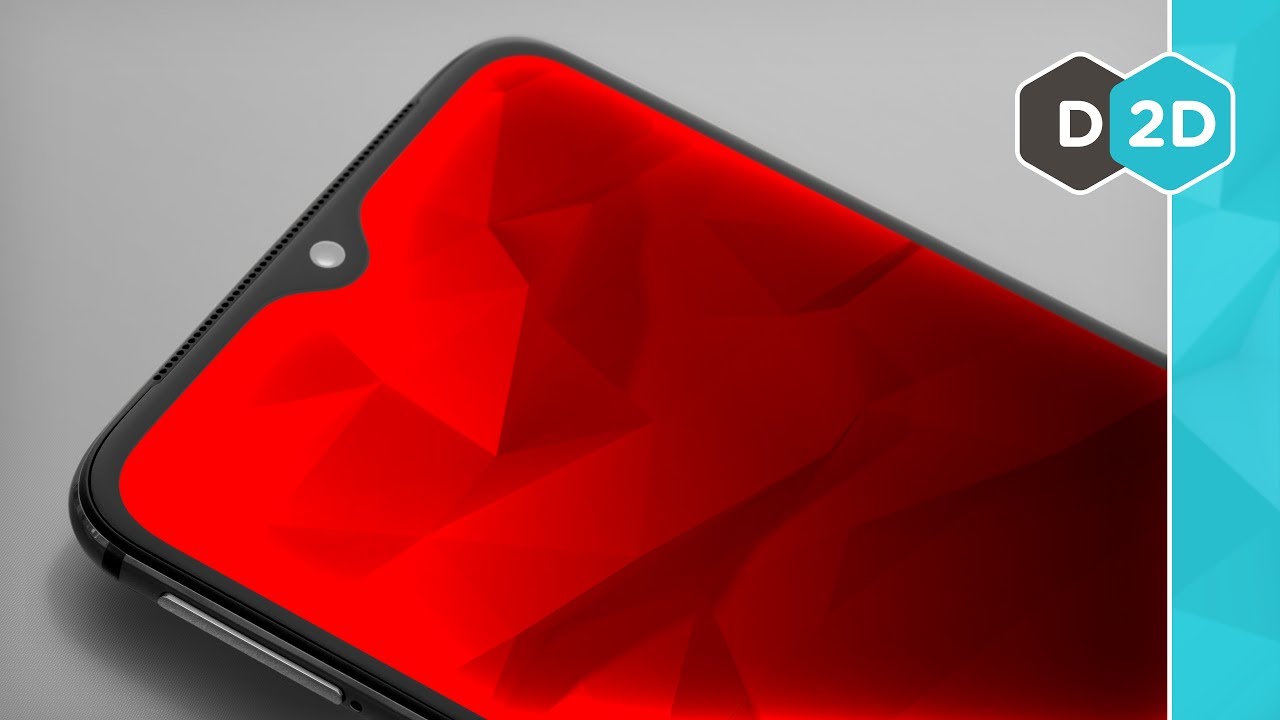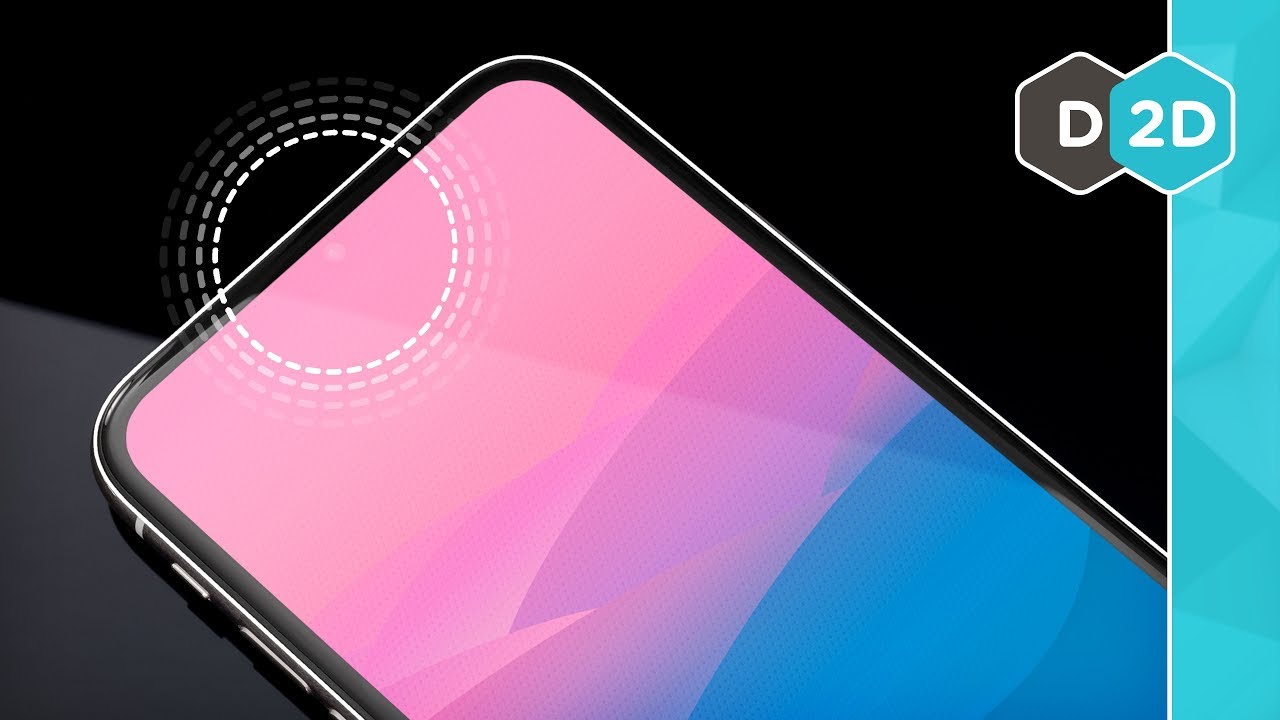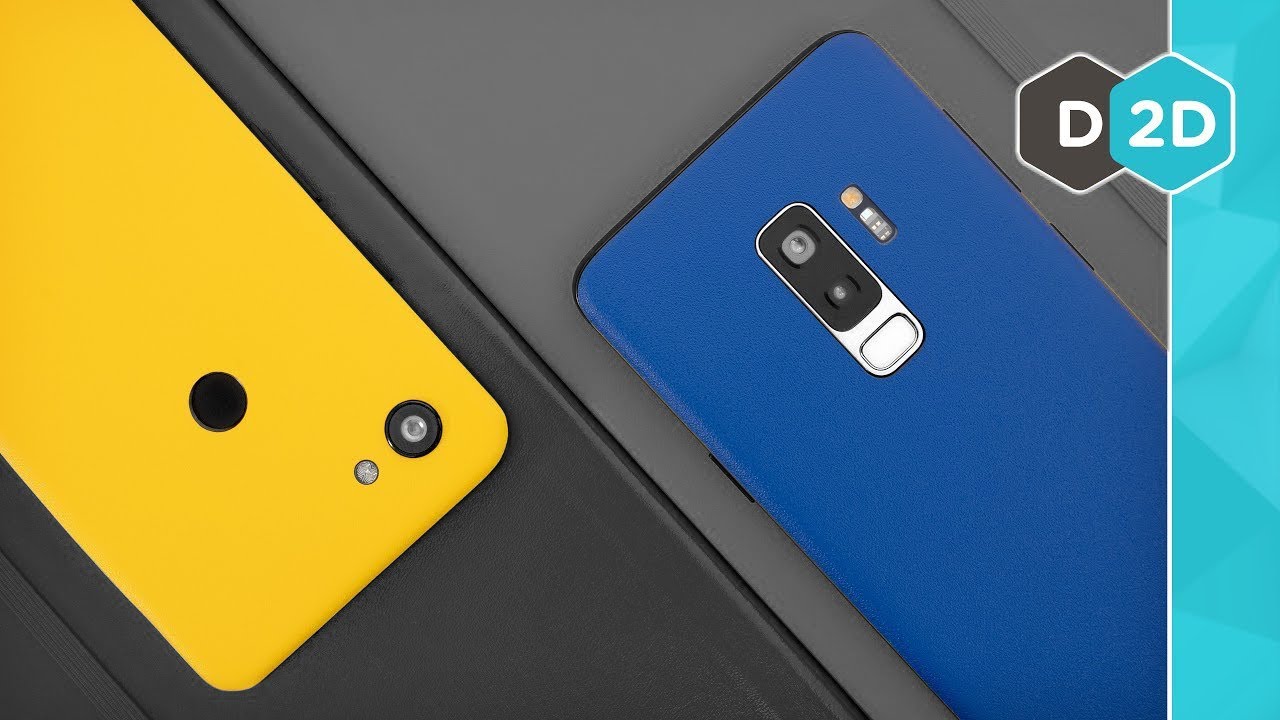
The Samsung SmartIssues Hub is our favourite sensible dwelling hub due to its broad third-party help. There is not any product class in which you’ll’t discover a suitable product, be it primarily based on Wi-Fi, Z-Wave, or Zigbee know-how. Not content material to permit different firms to rule its infrastructure, Samsung has been releasing extra of its personal sensible units. We examined the SmartIssues Cam on Wednesday; right now, we’re contemplating the SmartIssues Smart Bulb.
This is an entry-level, A19-style/E26 base, dimmable white LED bulb with a Zigbee 3.zero radio onboard. It’s rated to supply 806 lumens of brightness whereas consuming simply 9 watts of electrical energy. But it has a set shade temperature of 2700Ok, and there’s no model that provides full shade. All of that is designed to make the bulb as reasonably priced as attainable.
At launch, the bulb is retailing for round $10. Compare that to 2 different Zigbee bulbs—the $15 Philips Hue White and the $8 Cree Connected—in addition to dimmable sensible LED bulbs from LIFX (round $23 for the LIFX Mini), Sengled (round $15 for the Sengled Smart Wi-Fi LED Soft White, and TP-Link (round $17 for the Kasa Smart KL110).
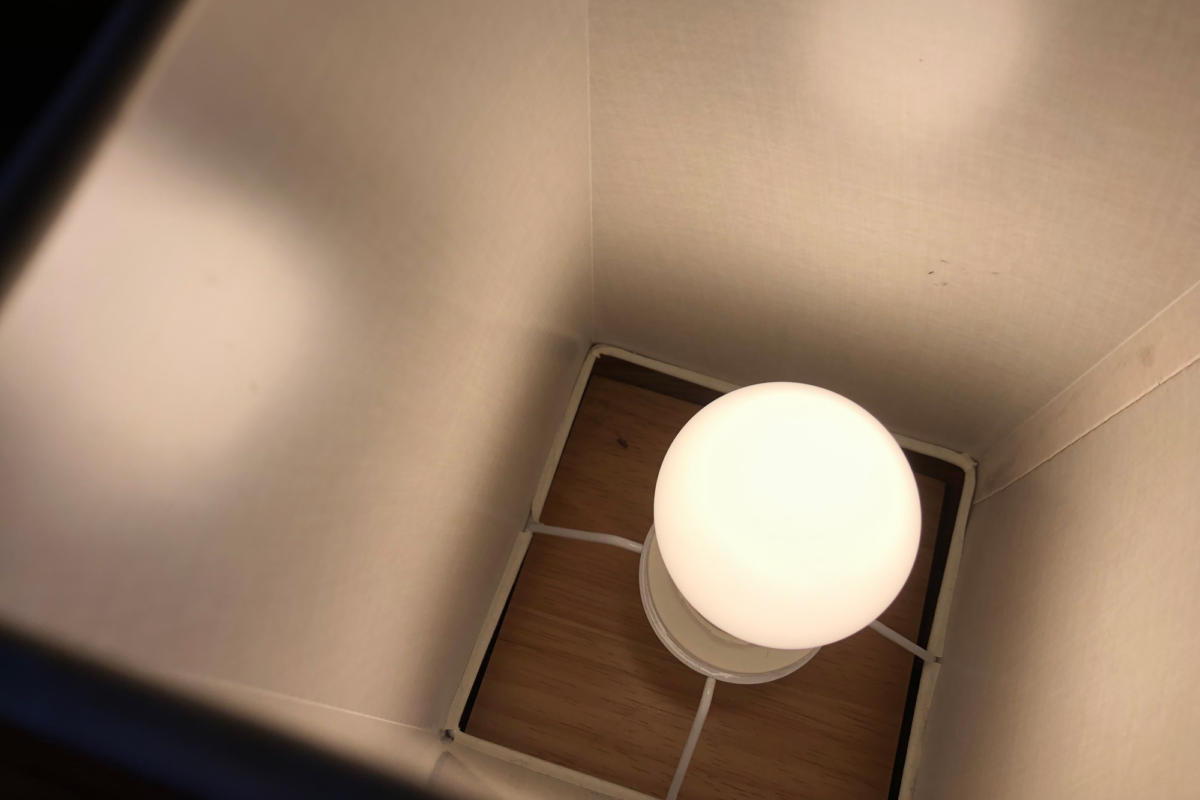 Christopher Null / IDG
Christopher Null / IDGThe Samsung SmartIssues Smart Bulb’s heat white shade will probably be appropriate for most lighting conditions, however that temperature is fastened at 2700Ok.
The LIFX, Sengled, and TP-Link sensible bulbs talk over Wi-Fi, so that they don’t require a hub (although they are suitable with the SmartIssues Hub). The Cree Connected bulb and the Philips Hue White bulbs are additionally suitable with the SmartIssues Hub, however you’ll nonetheless want the Philips Hue Bridge to make use of the latter in a SmartIssues system. That goes for the new technology of Philips Hue bulbs which have each Bluetooth and Zigbee radios, too.
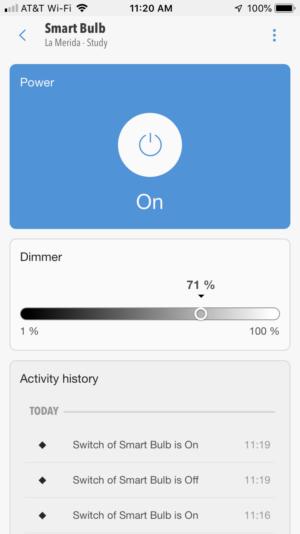 Christopher Null / IDG
Christopher Null / IDGThe main interface delivers fast entry to the bulb’s dimming options, plus a historical past of on/off exercise.
As you’ll anticipate, you’ll want a Samsung SmartIssues Hub in addition to the Samsung SmartIssues app to configure this bulb. Challenge primary: The slim consumer handbook means that the bulb and the Hub should be not more than 15 toes away from each other throughout setup. Curious to check the bulb’s vary, I attempted pairing it to the hub after they have been about 50 toes away from each other.
The course of includes scanning a QR code—offered on a sticker inside the field—very similar to you’ll pair an Apple HomeKit gadget. You then wait for the app to register the bulb. The first time I attempted this, choosing the SmartIssues bulb inside the app particularly, the system as an alternative found an outdated Wi-Fi wall swap from one other vendor.
Baffled, I attempted the course of once more, and this time the appropriate bulb was found and added to the SmartIssues system. I haven’t had any bother working or utilizing the bulb since, though it’s a lot farther away from the hub than Samsung recommends. Zigbee…
https://www.techhive.com/article/3430896/samsung-smartthings-smart-bulb.html#tk.rss_all












